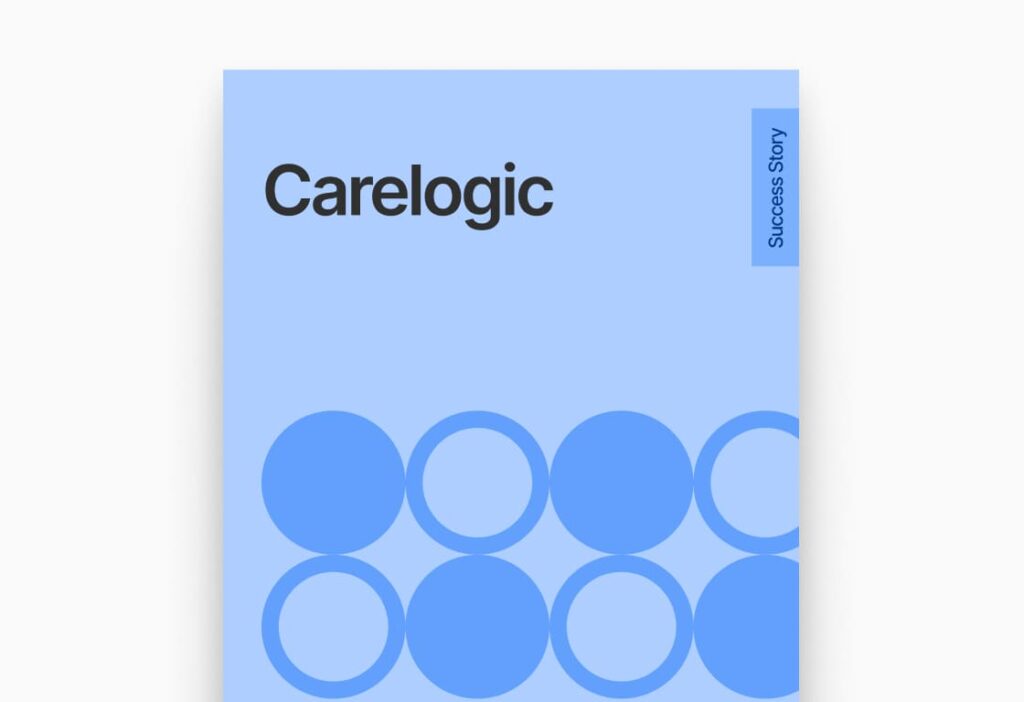In a hospital setting, reducing the potential for human error is an effective strategy for mitigating health risks for patients in medication administration. Technology can help with that by providing nurses and clinicians with precisely the information they need, right when they need it.
A quick scan of the barcode on medication packaging is all it takes to fetch important information like strength and quantity from a database. 1D or 2D barcodes can be printed on patient wristbands, encoding data like name and age, medical conditions, and allergies. Laboratory samples can be labeled in the same way to reduce the likelihood of mix-ups. All these applications save time, reduce the potential for mistakes, and when combined create an efficient, interlocking medical information system.
Barcodes and healthcare: a perfect match
Barcodes are a tried and true method for retrieving and storing data whenever writing it down by hand is too slow or unreliable. While one-dimensional, linear barcodes are mainly used to encode sequences of alphanumeric characters, two-dimensional variants can store large quantities of data.
In Europe, medication packaging typically features both types: The 1D code, consisting of vertical lines of varying widths, contains the medication’s unique pharmacy product number, whereas the 2D code, a square pattern of black and white pixels, functions as a safety and tracking mechanism to prevent the counterfeiting of pharmaceuticals.
Modern barcodes have an extremely low error rate, thanks to precaution measures like check digits that ensure correct data readings even when lighting conditions are not ideal or parts of the code are damaged. This makes them especially well-suited for high-risk environments like hospitals. To make sure that staff can benefit from this technology at all times, a mobile scanning device is the best solution. This is where bespoke barcode scanning software comes into play.
Mobile scanning and barcode medication administration to improve patient safety
A Barcode Scanner SDK can be integrated into any mobile or web application. This means that inexpensive smartphones can double as mobile scanning devices, which helps ensure compliance with standard operational procedures.
By interfacing with the hospital information system, data can be recorded, compared, and edited, always keeping it up-to-date. Inventory management is as easy as scanning each drug administered to a patient, opening the possibility of automatically reordering products whenever stock runs low.
To reduce medication errors, hospitals may choose to implement barcode-assisted medication administration. Using this approach, healthcare professionals scan the barcodes on the packaging of the drug to be administered, on the patient’s wristband, and on their own ID badge, to rule out any preventable medication errors. As this information is recorded automatically, time-consuming paperwork is reduced.
💡 Mobile barcode scanning: At the heart of the Five Rights
Prevent medication errors with Barcode Medication Administration (BCMA) using a smartphone or tablet.
- Right Patient: Identify your patient reliably by scanning the barcode on their wristband.
- Right Dose: Connect to the patient’s electronic health record to verify the dose to be administered.
- Right Route: Cross-check the administration method with the scanned medication.
- Right Time: Scan the medications barcode to ensure that you administer it at the appropriate time.
The right Barcode Scanning SDK for the hospital setting
Due to the highly sensitive nature of the information being processed, scanning software should work entirely offline without transmitting any data to an external server. Ideally, it can be extended with a document scanning module, allowing for paper forms to be digitized and uploaded to the hospital’s database instantly. Speed and accuracy should be guaranteed even in less than ideal lighting conditions.
Scanbot SDK’s barcode scanning technology supports both mobile and web applications and can be expanded with Document Scanner SDK and Data Capture SDK modules. Operating entirely offline, it complies with both the GDPR and the CCPA.



